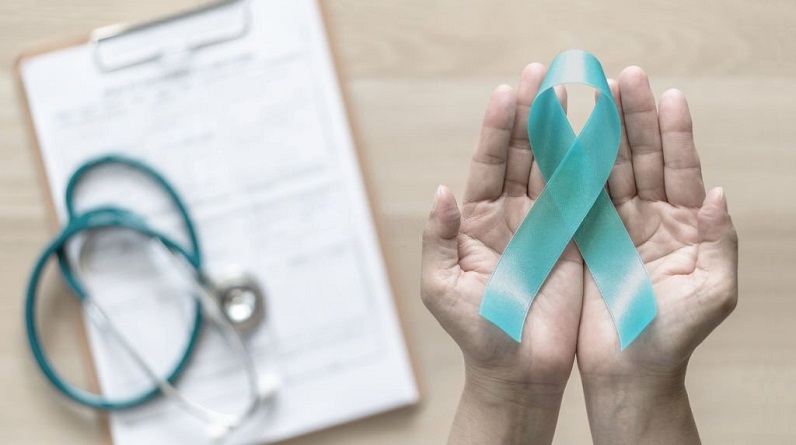Post-traumatic stress disorder, commonly referred to as PTSD, is a severe mental health disorder that usually occurs from direct or indirect exposure to a traumatic event. It could be physical or mental assault, a war, a death in the family, a divorce, or anything traumatic.
Sadly, many people fail to take PTSD seriously. They take it as everyday life stress, which eventually makes matters worse. To avoid such a situation, you first need to know everything about the disorder.
In this article today, I’m going to share with you all the tiny bitsy details of PTSD. Have a look:
Symptoms of Post-Traumatic Stress Disorder
There are many symptoms of post-traumatic stress disorder. Yes, it’s a lot more than flashbacks of the traumatic event and anxiety. Though the symptoms are different for everyone, the following are a few common ones you need to keep in check:
- Reliving the traumatic event (flashbacks)
- Severe emotional stress and upsetting dreams
- Unwanted distressing memories of the event
- Avoiding talking or thinking about the event
- Avoiding people or places that remind you of the event
- Feeling emotionally numb and hopeless
- Lack of interest in everyday life activities
- Difficulty maintaining close relationships
- Feeling detached from friends and family
Treatment of Post-Traumatic Stress Disorder
According to statistics, around 8 million people in the US are diagnosed with PTSD every year. To my surprise, the prevalence of PTSD is higher in women compared to men. But thankfully, post-traumatic stress disorder is completely curable, so there is nothing to worry about.
Now let me list down the treatment options for post-traumatic stress disorder so that you know what’s coming your way:
Medications
The first thing that you need to do is consult a psychiatrist, get yourself diagnosed, and opt for a treatment method. Antidepressants and anti-anxiety medications are usually prescribed to treat post-traumatic stress disorder. They alter the neurotransmitters in your brain, bringing you back to normal functioning.
In case you avoid taking allopathic medicines as they have plenty of side effects, you can go for medicinal herbs instead. Medical marijuana works well for the treatment of PTSD, given the natural healing properties of the cannabis plant. You can look at the price of different cannabis strains and order for yourself accordingly.
Cognitive Processing Therapy
Cognitive processing therapy (CPT) is a psychotherapeutic practice that usually spans around 12 weeks. It alters your thought process, making it easier for you to open up about the traumatic event. First, it will help you talk about the event.
Once you’re able to talk about it with no severe physical reactions, you’ll start healing. After that, the therapy will help you accept the situation. It will help you find ways to live with your trauma without getting affected by it.
Prolonged Exposure Therapy
Prolonged exposure therapy (PET) is another efficient way to deal with PTSD. It is especially beneficial for people who develop an avoidant personality disorder after getting exposed to the traumatic event. In this method, your therapist will help you control your physical reactions to the memory of the event.
It involves many relaxing techniques, including deep breathing and muscle-relaxing exercises. In prolonged exposure therapy, you’ll have to make a list of things you’ve been avoiding and your therapist will help you accordingly. Each point will be checked in a different session.
Apart from that, stress inoculation training and eye movement desensitization and reprocessing are also helpful for the treatment of PTSD. Consult a mental health expert and they’ll help you choose one. Get better soon!



